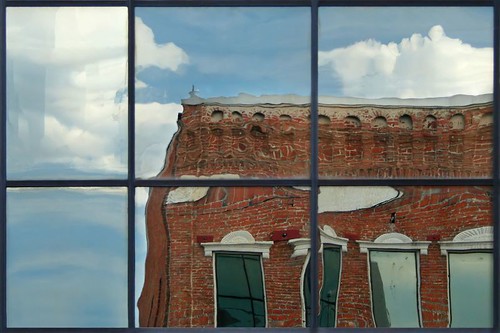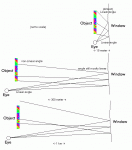Zom-B
0
- Joined
- Mar 25, 2008
- Messages
- 895
- Points
- 28
Photons are particles. The wave properties are a result of quantum superstates and stuff. The same reason why a microscopic (rather picoscopic) surface of a mirror is not flat at all but consists of atoms, and still reflects/refracts light perfectly.
See the applet on this page. Each incoming photon actually reflects diffusely, in all possible directions at once (superstate) and where the so called 'wavefronts' coincide, they amplify each other. When a single, amplified, reflected photon is observed, the superstate collapses and all other photons (which did not reflect in the correct direction) cease to exist. Note that the reason we see the amplified photon is that the probabiliy is proportional to the wavefront intensity, so we can actually see some photons reflect in a diffuse manner, just a factor billion or so less. When photons can also refract, then the probabilities of the reflected and refracted wavefronts just add up to 100% nicely, so the amount of light seems to be distributed among reflected an refracted beams in some ratio.
See the applet on this page. Each incoming photon actually reflects diffusely, in all possible directions at once (superstate) and where the so called 'wavefronts' coincide, they amplify each other. When a single, amplified, reflected photon is observed, the superstate collapses and all other photons (which did not reflect in the correct direction) cease to exist. Note that the reason we see the amplified photon is that the probabiliy is proportional to the wavefront intensity, so we can actually see some photons reflect in a diffuse manner, just a factor billion or so less. When photons can also refract, then the probabilities of the reflected and refracted wavefronts just add up to 100% nicely, so the amount of light seems to be distributed among reflected an refracted beams in some ratio.





